The art of flamenco guitar playing carries within its fiery rhythms a complex physical dialogue between musician and instrument. At the heart of this dialogue lies the strumming technique - that percussive, passionate flurry of notes which gives flamenco its distinctive heartbeat. Recent advances in musical acoustics and biomechanics have allowed researchers to develop sophisticated dynamic models explaining the physics behind these powerful techniques.
Understanding the flamenco strum requires first appreciating its cultural context. Unlike classical guitar techniques focused on melodic clarity, flamenco's rasgueado (strumming) prioritizes rhythmic intensity and emotional expression. The player's fingers don't merely brush the strings - they attack them in precise sequences generating complex polyrhythms. This produces that characteristic torrential sound where individual notes blur into a wave of percussive harmony.
Biomechanical studies reveal the flamenco strum as a marvel of coordinated motion. High-speed camera analysis shows how players sequentially flick each finger outward (from pinky to index) in rapid succession. The thumb often follows with a downward stroke, creating counter-rhythms. This generates significantly greater string excitation than standard strumming - measurements show flamenco techniques produce 30-50% higher string displacement amplitudes.
The dynamic model breaks down the mechanics into three interacting systems: the finger kinematics (motion patterns), string response, and guitar body resonance. Finger movements follow highly trained ballistic trajectories - not entirely conscious, yet not fully automatic. Muscle activation patterns show bursts of activity in opposing muscle groups, allowing both power and control. The "whip-like" finger motions create velocity peaks exceeding 4 m/s at nail-string contact.
String behavior under such intense excitation defies simple harmonic motion models. High-amplitude displacements introduce strong nonlinearities - the strings vibrate in complex, non-sinusoidal patterns. This produces the bright, slightly dissonant tonal quality characteristic of flamenco. Interestingly, the string's transient response (first 50ms after excitation) proves most crucial for the perceptual "flamenco sound."
Guitar construction adapts to these dynamics. Flamenco guitars typically use lighter tops (2-2.5mm vs 2.5-3mm for classical) with less bracing, allowing greater top vibration. The golpeador (clear pickguard) isn't just protective - its mass and stiffness affect how tapping sounds merge with string tones. Modern modeling techniques can simulate how different materials alter the coupled system's vibrational modes.
Advanced sensor technology has revealed surprising subtleties in what appears to be aggressive playing. Force sensors show expert players actually minimize nail contact duration (typically 1-3ms) while maximizing velocity. This produces brighter tones with less damping. There's an art to the attack angle too - about 30-45 degrees optimizes both volume and tonal richness.
The rhythmic complexity emerges from precise timing variations. While the basic rasgueado pattern might seem uniform, microtiming analysis reveals deliberate fluctuations. Players intentionally vary inter-stroke intervals by 10-30ms to create a "humanized" groove. This subtle rubato effect prevents mechanical regularity while maintaining overall tempo - a nuance that mechanical strumming devices still can't replicate convincingly.
Energy transfer efficiency in flamenco strumming exceeds that of most other guitar techniques. Motion capture shows how players utilize forearm rotation and wrist flexion to augment finger motions. This kinetic chain allows generating substantial volume without excessive muscle tension. The most efficient players show near-perfect synchronization between joint movements and string contact points.
Temperature and humidity effects play an underappreciated role in the dynamics. Flamenco's percussive nature makes it particularly sensitive to environmental changes. A 10% increase in humidity can decrease top vibration amplitude by up to 15%, while higher temperatures alter string stiffness. Seasoned players unconsciously adjust their technique to compensate - digging deeper in humid conditions, using slightly different attack angles in heat.
The player's anatomy itself becomes part of the dynamic system. Nail shape and hardness significantly affect tone production. Harder nails produce brighter, more penetrating sounds but require precise control to avoid harshness. Softer nails create warmer tones but limit volume potential. Many players use acrylic reinforcements to achieve an optimal balance - typically 0.5-0.7mm thickness at the striking edge.
Recent modeling breakthroughs account for these biological factors. Advanced finite element analyses can now simulate how nail composition affects string excitation. Similarly, musculoskeletal models show how different hand sizes adapt technique - players with shorter fingers often use more wrist motion to achieve comparable power.
Perhaps most fascinating is how these physical models reveal the artistry behind apparent spontaneity. What listeners perceive as wild, emotional outbursts actually follow remarkably consistent mechanical patterns. The player's "feel" translates into precise adjustments of attack angles, velocities and timing - all quantifiable parameters. This doesn't diminish the art but rather highlights the incredible human capacity to internalize complex physics as musical expression.
The implications extend beyond flamenco. These dynamic models inform guitar design, string manufacturing, and even injury prevention. Understanding optimal movement patterns helps develop ergonomic techniques reducing repetitive stress risks. Some conservatories now incorporate biomechanical feedback in training, using motion sensors to help students refine their mechanics.
Future research directions may explore how individual style emerges within physical constraints. Preliminary data suggests master players develop unique "kinematic signatures" - consistent personal variations in motion patterns that yield distinctive tones. There's also growing interest in how these models might aid in preserving historical performance styles through quantitative analysis of vintage recordings.
At its core, the dynamic modeling of flamenco strumming bridges art and science. It demonstrates how human cultural expression arises from - and ultimately transcends - the laws of physics. The flamenco guitarist doesn't fight the instrument's physical constraints but rather dances with them, transforming mechanical interactions into something profoundly alive.
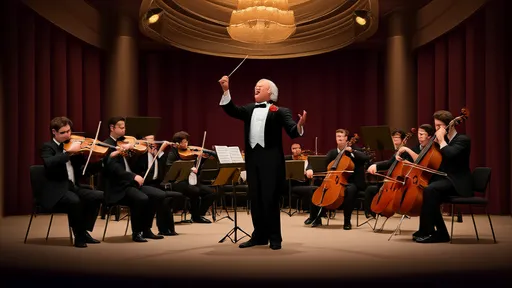
By /Jul 17, 2025
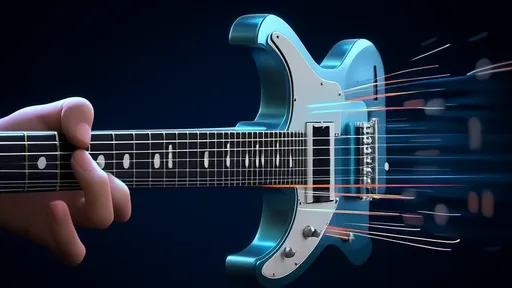
By /Jul 17, 2025

By /Jul 17, 2025
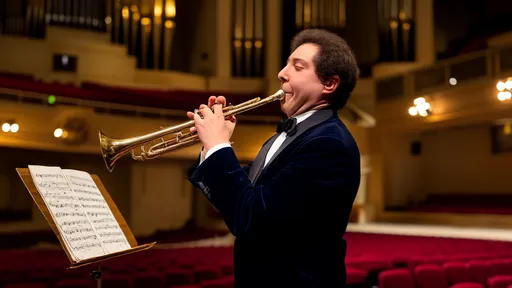
By /Jul 17, 2025
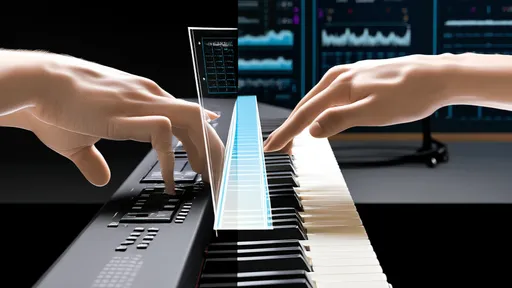
By /Jul 17, 2025
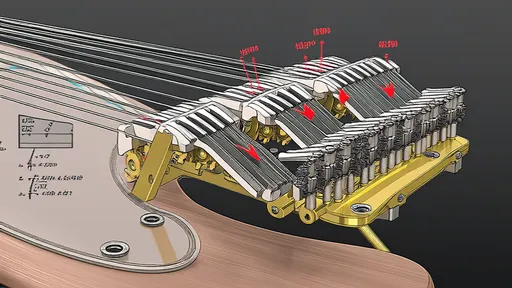
By /Jul 17, 2025
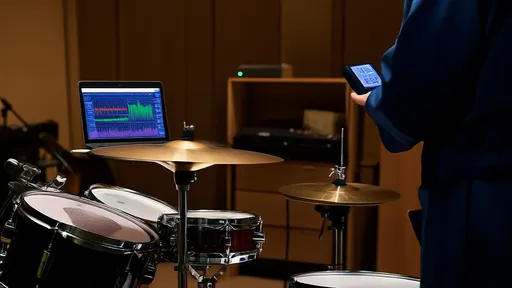
By /Jul 17, 2025
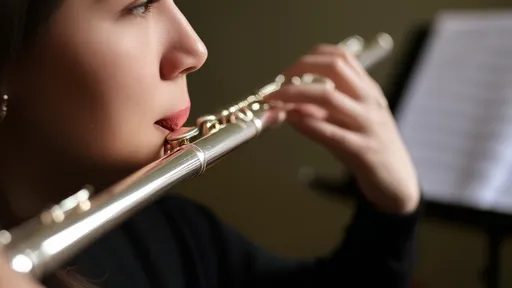
By /Jul 17, 2025
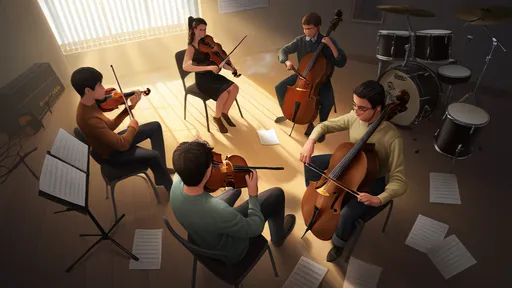
By /Jul 17, 2025
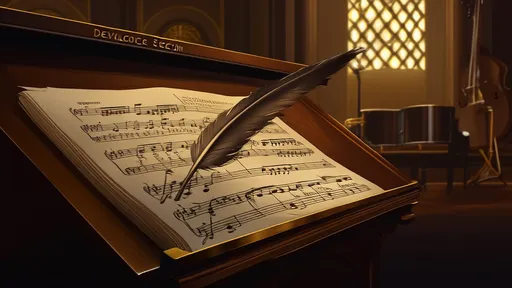
By /Jul 17, 2025
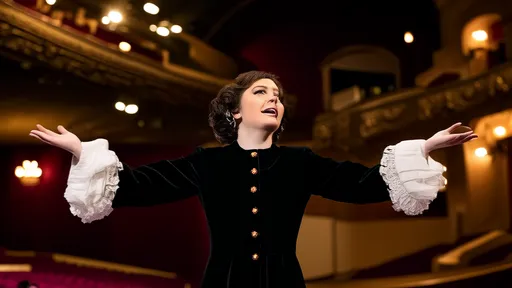
By /Jul 9, 2025
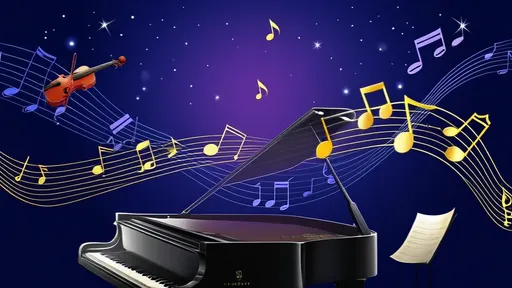
By /Jul 9, 2025
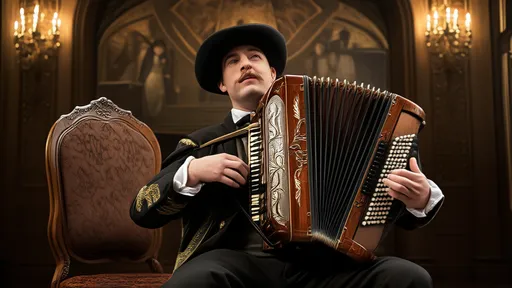
By /Jul 9, 2025
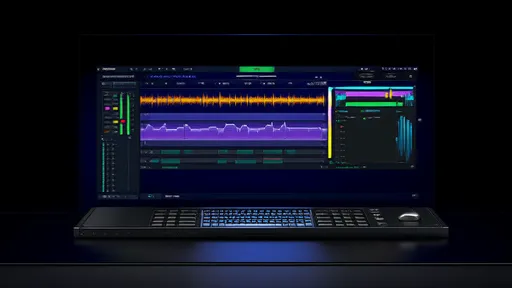
By /Jul 9, 2025
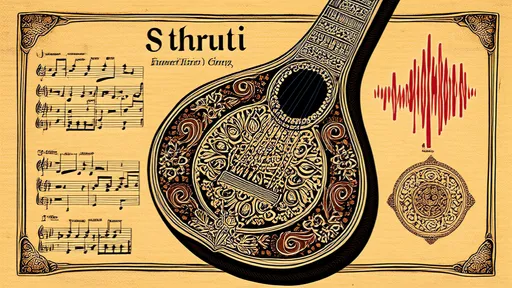
By /Jul 9, 2025

By /Jul 9, 2025
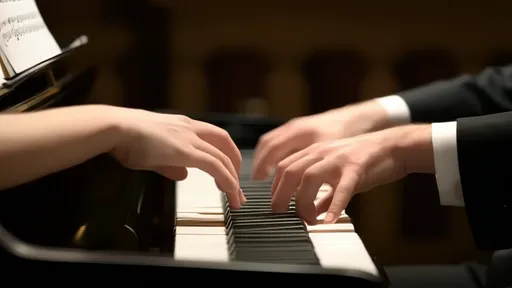
By /Jul 9, 2025
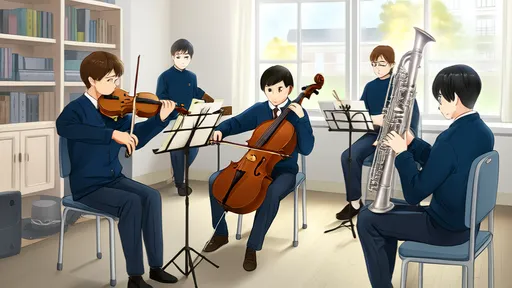
By /Jul 9, 2025